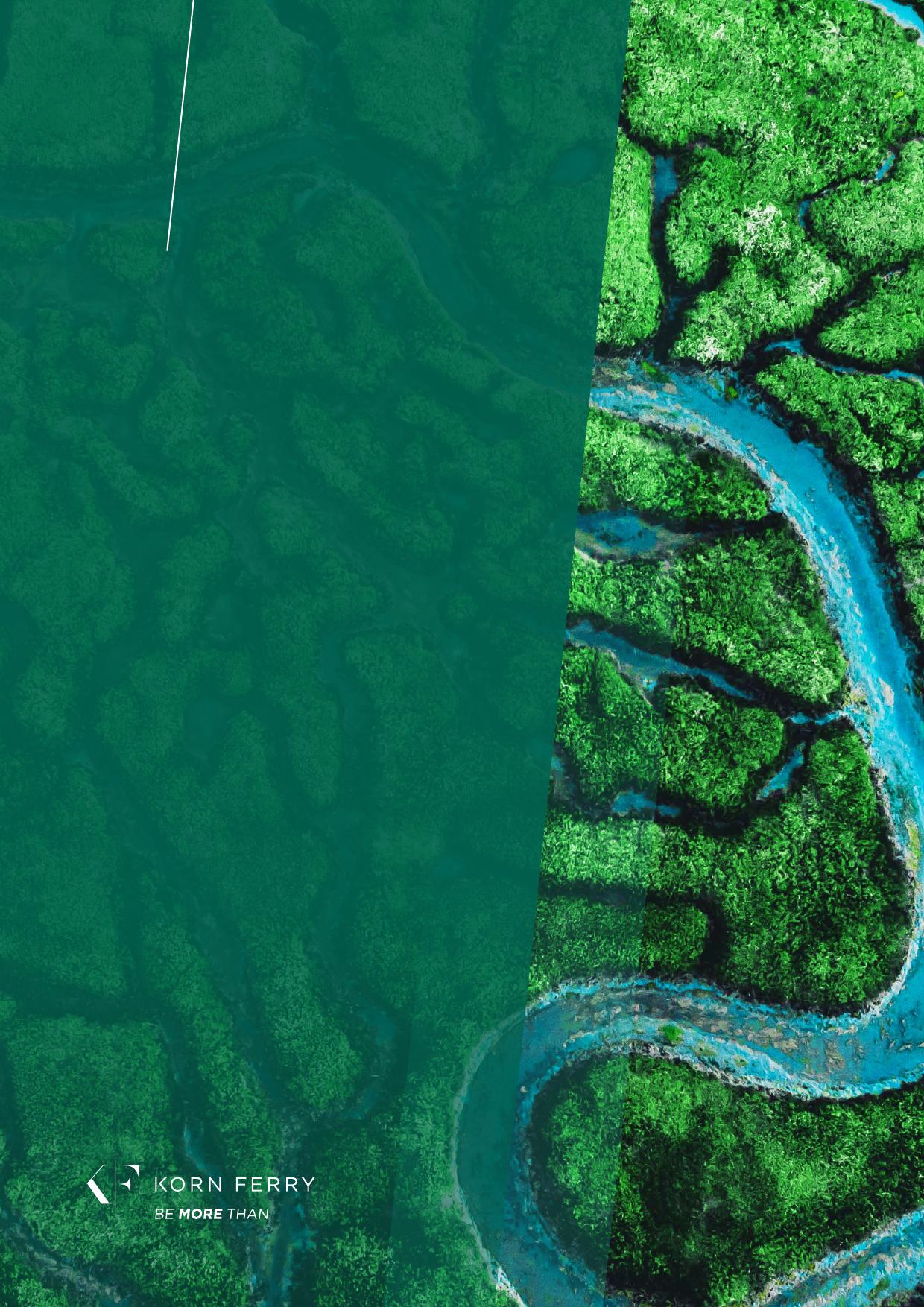
2
Carbon neutrality: nine years
togoand everything still to do
When the landmark Paris Agreement,
negotiated by 196 parties at the
2015 United Nations Climate Change
Conference, came into force on
4 November 2016 several major
signatories, including the European
Union and the UK, vowed to become
climate neutral by 2050. So far,
theinspiring words have not been
matched by decisive actions.
Time marches on and our main climate indicators
continue to worsen. That 2050 target is starting to
look too casual rather than too ambitious, with most
environmental scientists now saying that significant
reductions in fossil fuel production are needed before
20301 if we are to standany chance of averting disaster.
Corporations are largely responsible for climate
emissions (the CDP’s 2017 Carbon Majors Report2
revealed that just 100 companies have been the
sourceof more than 70% of the world’s greenhouse
gas emissions since 1988). So, corporations must be
atthe forefront of change, taking clear, irreversible
steps towards carbon neutrality or carbon freedom.
Some have remained completely silent on the issue.
Others have pledged to reduce their emissions
without yet explaining how they intend to do
it. Stillothers, including Apple, Microsoft, Google,
Unilever,AstraZeneca and IKEA, have gone
publicwithdetailed targets and plans.
But even those companies that have committed
toreaching net zero by 2030, and that are
clear aboutwhat actions they need to take
toget there,maystruggle to achieve the
kindoftransformation we all need to see.
Why?
Because, as we highlighted in our earlier article on ESG
and sustainability, all the planning has so far focused
on environmental science and technology—but it is
the people in organizations who will be the real drivers
ofchange.
In this article, we outline a more
human‑centric approach to corporate
action on climate change and look at
what companies can do to complement
their environmental science with
behavioral science, and to enhance and
refine their carbon neutrality strategies
before it is toolate.


